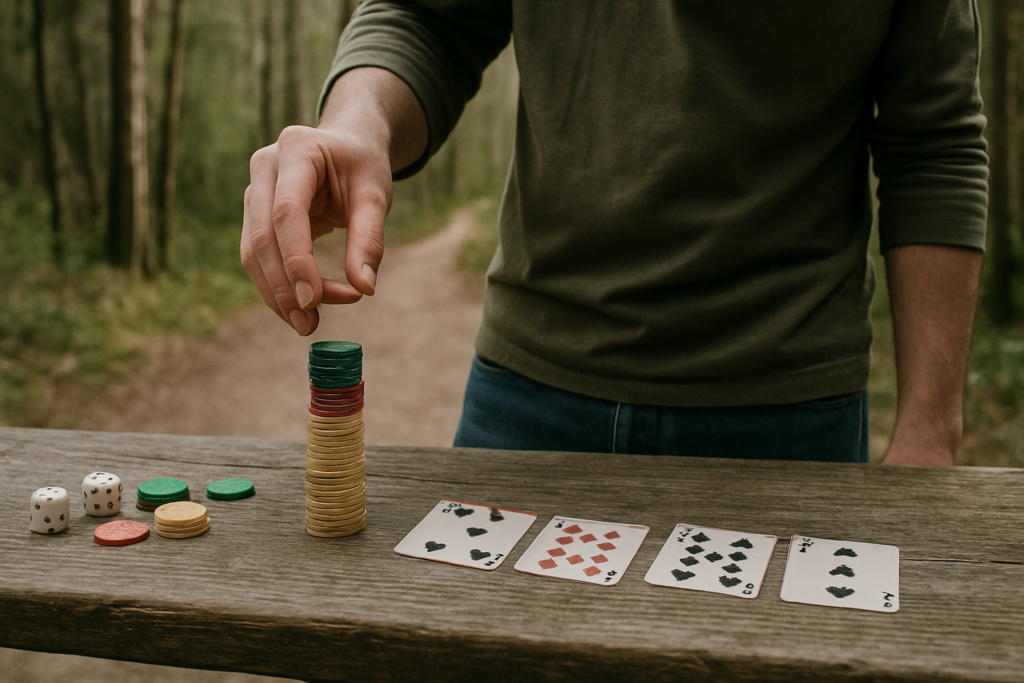Understanding Fungal Acne
Fungal acne is often mistaken for traditional acne, but the two conditions are quite different. Traditional acne is caused by a buildup of oil, bacteria, and dead skin cells in the pores, while fungal acne is triggered by an overgrowth of yeast known as malassezia. This yeast thrives in humid and sweaty conditions, making fungal acne more common in areas where sweat can accumulate, such as the face, chest, and back.
Face Wash Fungal Acne Treatment at Home
One of the key components of treating fungal acne is keeping the affected area clean and free of excess oil. A gentle, noncomedogenic face wash can help to remove sweat, oil, and debris from the skin without disrupting its natural moisture balance. Look for a face wash that contains antifungal ingredients such as tea tree oil, ketoconazole, or selenium sulfide, as these can help to target the malassezia yeast responsible for fungal acne.
When washing your face, be sure to use lukewarm water and gently massage the cleanser into your skin using circular motions. Avoid using harsh scrubbing motions or abrasive exfoliants, as these can irritate the skin and make fungal acne worse. After cleansing, pat your skin dry with a clean towel and follow up with a lightweight, oilfree moisturizer to keep your skin hydrated without clogging your pores.
DIY Treatments for Fungal Acne
In addition to using a suitable face wash, there are several DIY treatments that can help to manage fungal acne at home. One popular remedy is to apply a mixture of apple cider vinegar and water to the affected areas using a cotton ball. Apple cider vinegar has natural antifungal properties that can help to combat malassezia yeast and soothe irritated skin.
Another DIY treatment for fungal acne is to use a honey mask. Honey is known for its antibacterial and antiinflammatory properties, making it a great option for calming redness and irritation associated with fungal acne. Simply apply a thin layer of raw, organic honey to the affected areas and leave it on for 1015 minutes before rinsing off with warm water.
Lifestyle Changes for Managing Fungal Acne
In addition to using topical treatments, making certain lifestyle changes can also help to manage fungal acne. Avoiding tightfitting clothing, especially in areas prone to sweating, can help to reduce the risk of fungal acne flareups. Instead, opt for loose, breathable fabrics that allow your skin to breathe.
Furthermore, maintaining good hygiene practices, such as showering after sweating and keeping your skin dry, can also help to prevent the overgrowth of malassezia yeast. Avoid using oily or heavy products on your skin, as these can contribute to clogged pores and exacerbate fungal acne.
Conclusion
Fungal acne can be a frustrating skin condition to deal with, but with the right approach, it can be effectively managed and treated at home. By using a gentle, antifungal face wash, incorporating DIY treatments such as apple cider vinegar and honey masks, and making lifestyle changes to promote skin health, you can help to keep fungal acne at bay. Remember to be patient and consistent with your treatment regimen, as it may take some time to see improvement. With dedication and perseverance, you can achieve clearer, healthier skin free from fungal acne.


